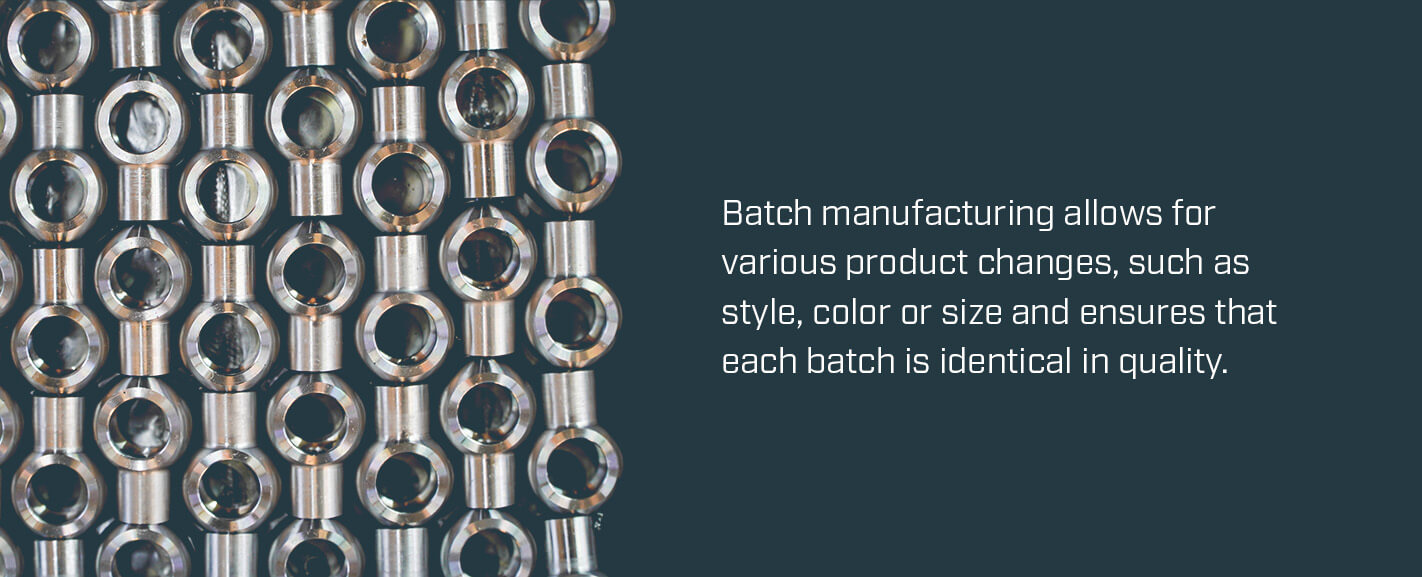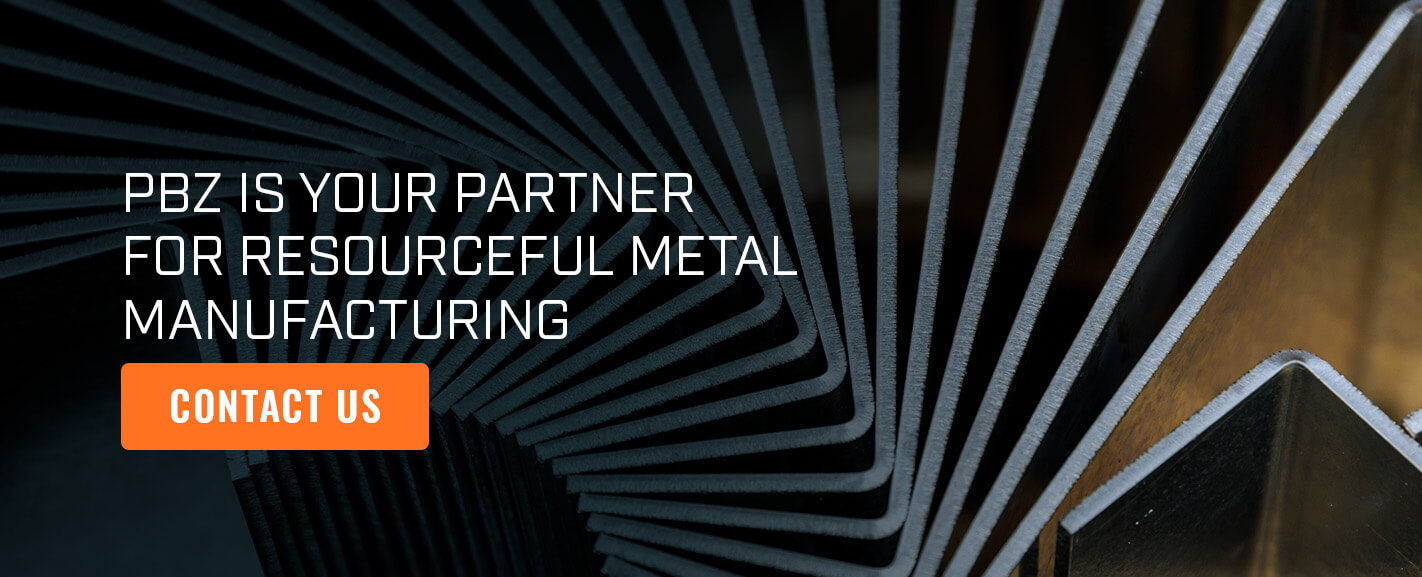
Today’s common goods and unique parts are made in several different ways. Products of all types and sizes undergo a process that takes them from the drawing board to the customer’s hands. This process is part of a manufacturing system, which is any combination of actions and processes that go into producing consumables.
Manufacturers transmit instructions to production machines and distribute orders to plant personnel in different ways depending on the manufacturing system they use. Industries have developed various manufacturing systems over the years, inspired by product design, technology and economics, to accommodate an ever-growing range of products. With the right system in place, manufacturers can produce goods at a high rate while maintaining high quality and enjoying cost savings and efficiency.
Here we explore five of today’s most common manufacturing systems: discrete, repetitive, batch, continuous and additive.
Discrete manufacturing is an industrial production system that creates individual end products. The process involves sending parts through the following production stages:
The final products are distinct, countable and can often be separated into individual parts.
A wide array of industries use discrete manufacturing to produce their goods, including the following:
Discrete manufacturing offers the following benefits:
Repetitive manufacturing is an industrial production system that mass-produces goods similar in function and layout. Any differences in product design are minimal and don’t require major changes in the manufacturing process.
One distinguishing feature of repetitive manufacturing is its use of assembly and production lines to create identical or very similar products. This feature makes repetitive manufacturing ideal for producers committed to a set production rate.
Repetitive manufacturing adheres to a strict master production schedule to operate efficiently and meet a specific production rate while maintaining quality. Following a master schedule allows repetitive manufacturers to stay ahead of product demand, as production occurs before customers submit orders.
Electronics, automobiles and durable goods like large household appliances are three common types of products created via repetitive manufacturing.
Repetitive manufacturing offers the following benefits:

Batch manufacturing is an industrial production system in which mass-produced items are built in batches, with fixed changes to each batch. Each product group undergoes a series of steps to result in the end product. Batch manufacturing occurs within a certain time frame and guarantees specific quality changes.
Batch manufacturing allows for various product changes, such as style, color or size and ensures that each batch is identical in quality.
Products often manufactured with a batch production system include the following:
The advantages of batch manufacturing include the following:
Continuous manufacturing is the opposite of batch manufacturing. Instead of grouping goods into batches, continuous production entails a constant flow that processes materials around the clock, uninterrupted. Items produced with continuous manufacturing, such as canned goods and household appliances, require no alteration, allowing manufacturers to mass-produce at a greater scale.
Industries such as electricity production and water treatment use continuous manufacturing to ensure adequate amounts of product and efficiently use machinery. Others, like pharmaceuticals and food and beverage, use continuous manufacturing to bolster production rates, enhance quality and reduce the potential for human error.
The advantages of continuous manufacturing include the following:
While continuous manufacturing requires a larger initial investment than batch manufacturing, ongoing production efficiencies offset the cost and make continuous manufacturing more profitable long-term.
Continuous manufacturing relies less on employees for process supervision and quality assurance. While continuous manufacturing was previously unsuitable for goods that needed frequent customization, modern tools like predictive analytics, predictive maintenance and robotic process automation now enable plants to use continuous production with product customization.
Additive manufacturing, also known as 3D printing, produces an item by building it one layer at a time. Additive manufacturing employs various materials to create products, including the following:
Production companies first used additive manufacturing for rapid prototyping to develop nonfunctional prototypes. This process allowed companies to quickly produce a model of the end product, free of the usual process and investment associated with building a prototype.
As additive manufacturing progressed, companies used it to produce molds for end products and, eventually, functional products.
Industries that use additive manufacturing include the following:
The additive manufacturing process occurs in three general steps:
Manufacturers can complete the additive manufacturing process in a few hours to a few days, based on the product’s size. One additive manufacturing method uses a nozzle to stack material layers until the desired result is complete.
Another method involves pouring powdered metal or plastic into a bed and melting some to form a solid part. The loose powder falls away, revealing the desired end product. 3D printers often use electron beams or lasers in this method. An additional technique uses a polymer to bind the powder layer before placing the component in a furnace to melt the plastic away and solidify the powders into the final product.

PBZ Manufacturing is a complete-service metal manufacturer offering comprehensive engineering, manufacturing, finishing, assembling and shipping solutions. Our extensive capabilities remove excess layers from your supply chain, reducing project completion timelines and manufacturing costs.
Customers rely on us for knowledgeable staff, certified welders, 3D CAD drawings, good lead times and the overall convenience of having multiple services under one roof. We invite you to experience these offerings and benefits for yourself — contact PBZ Manufacturing today to learn how we can take your manufacturing project from planning to completion.